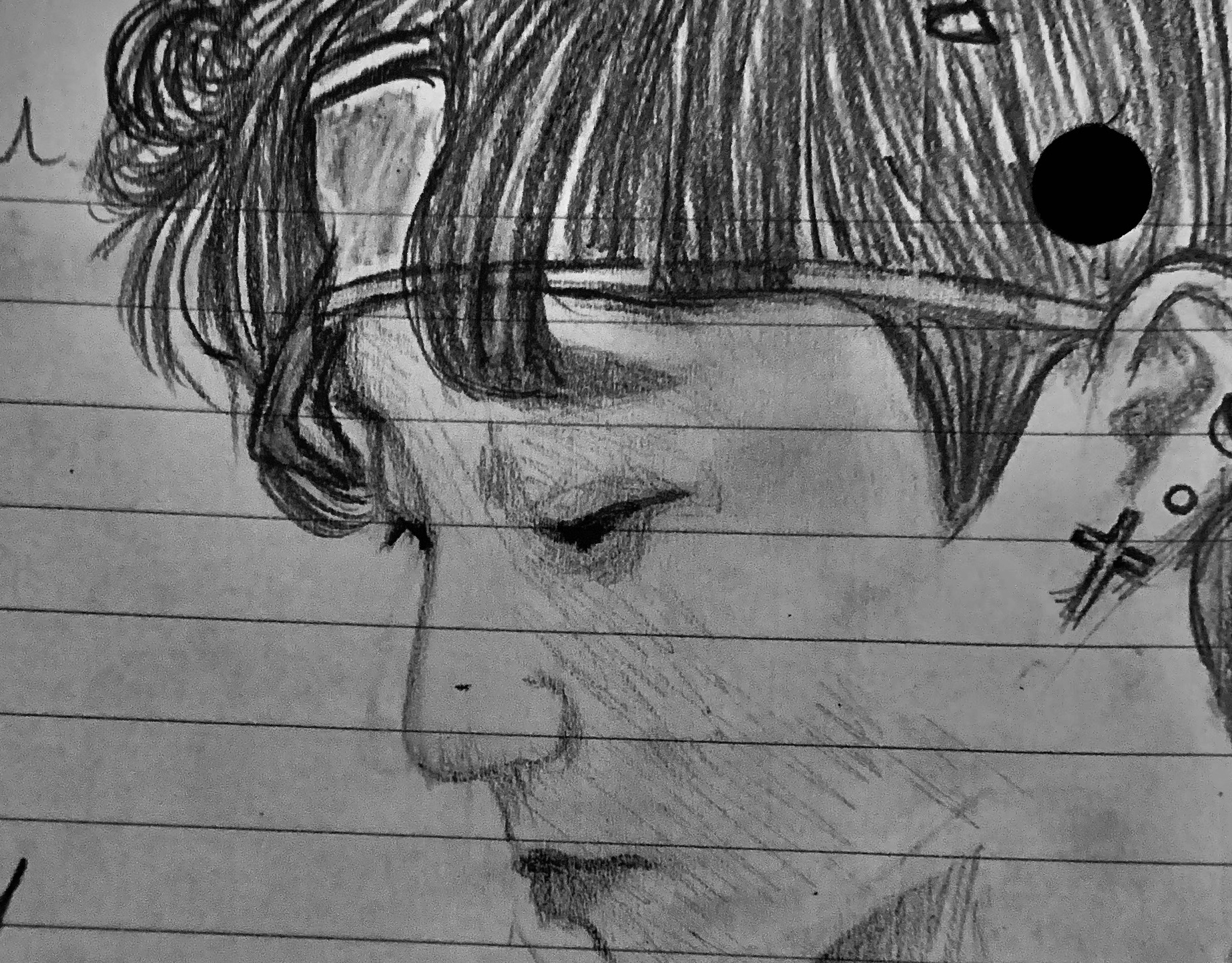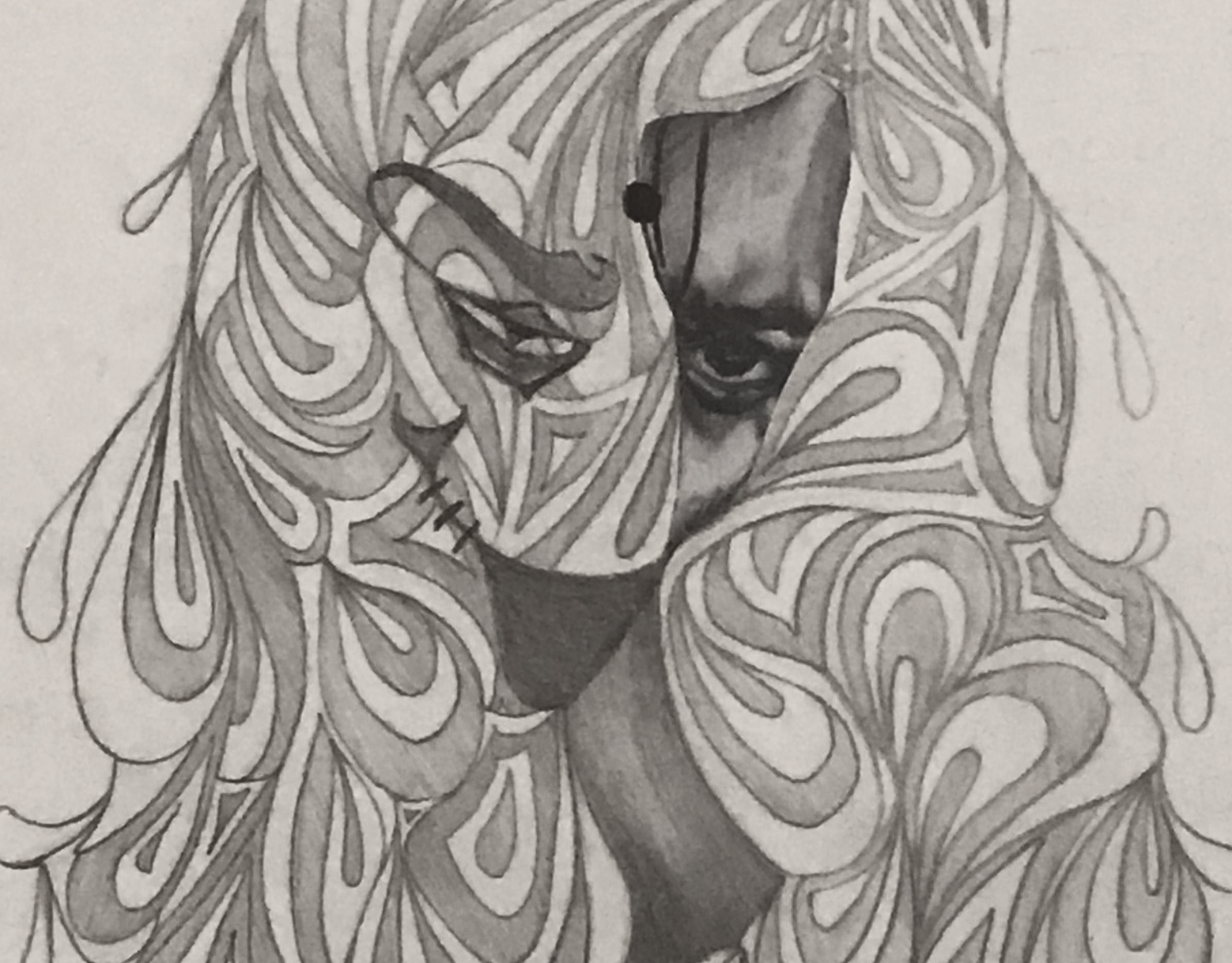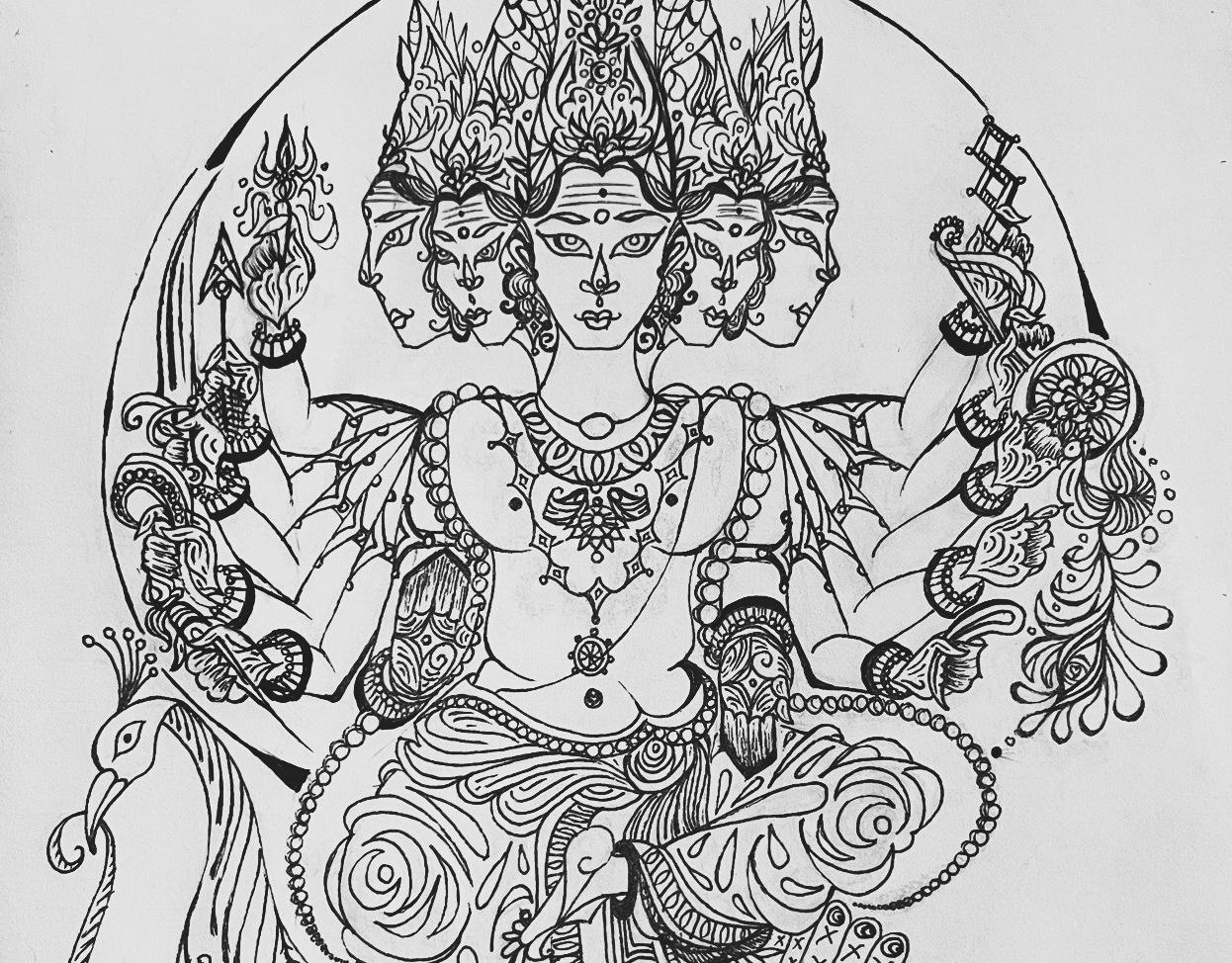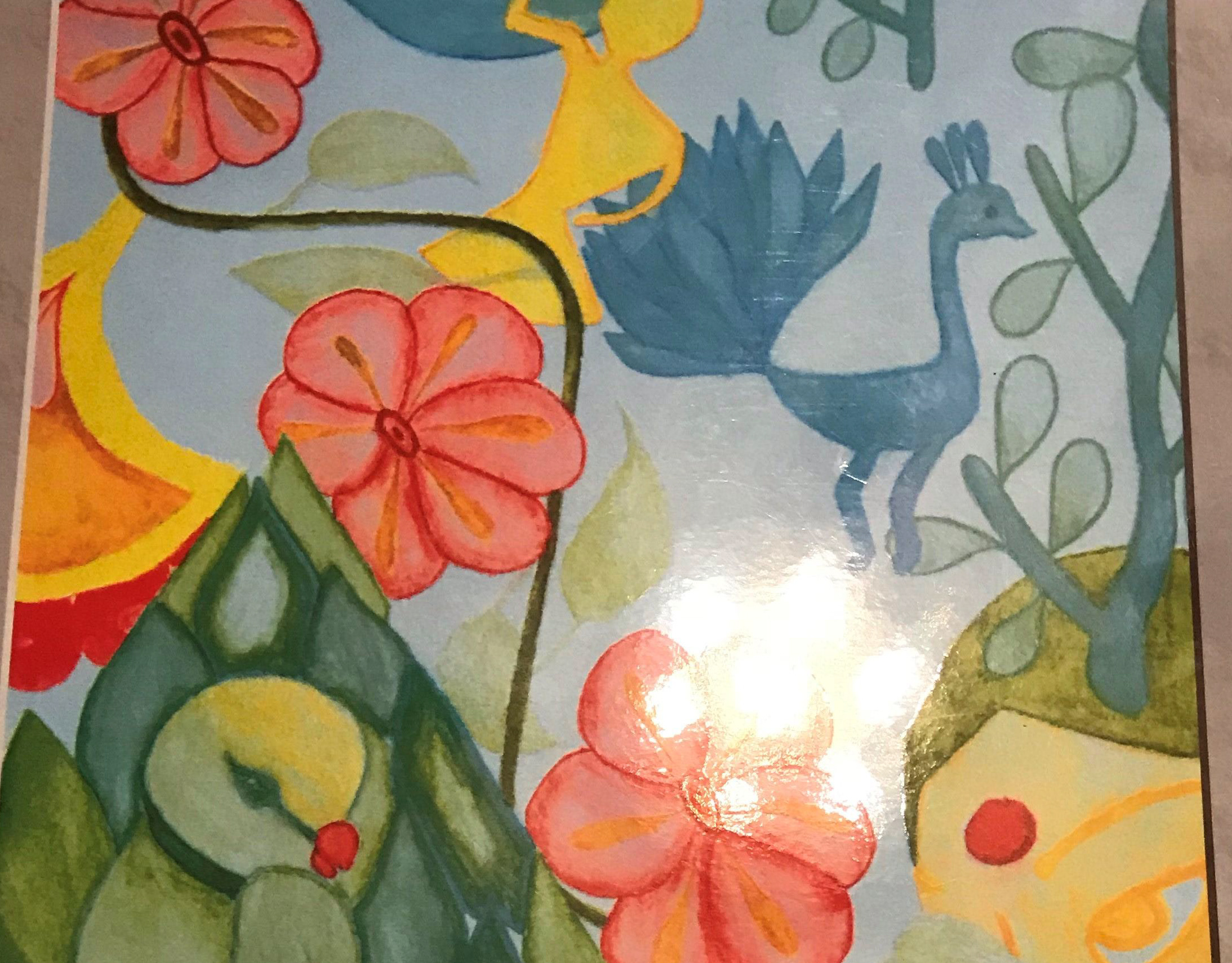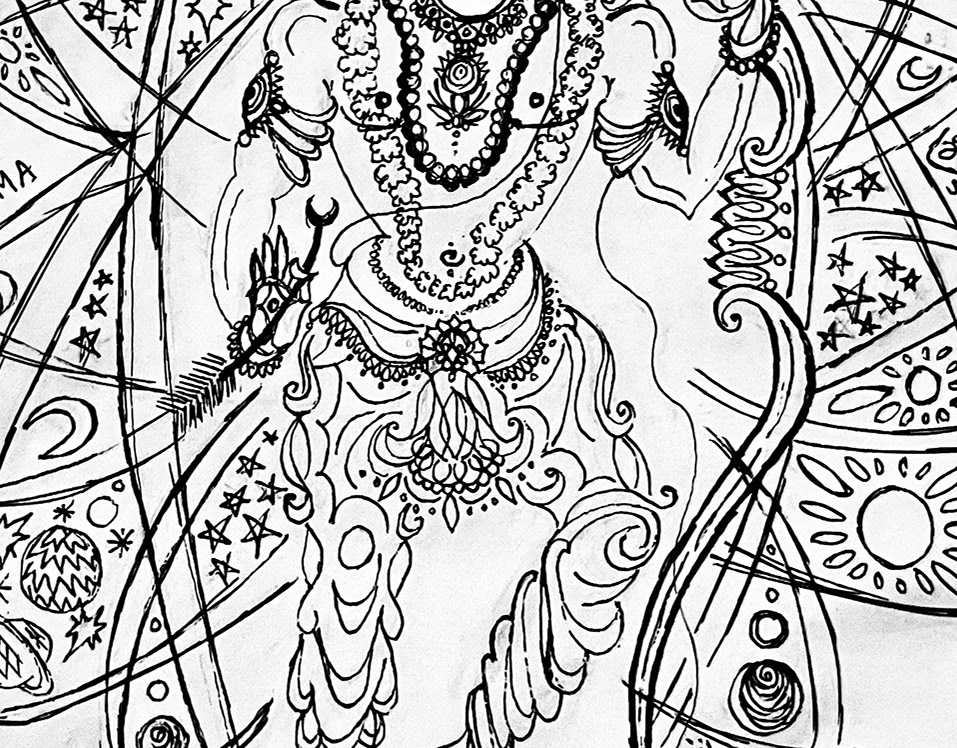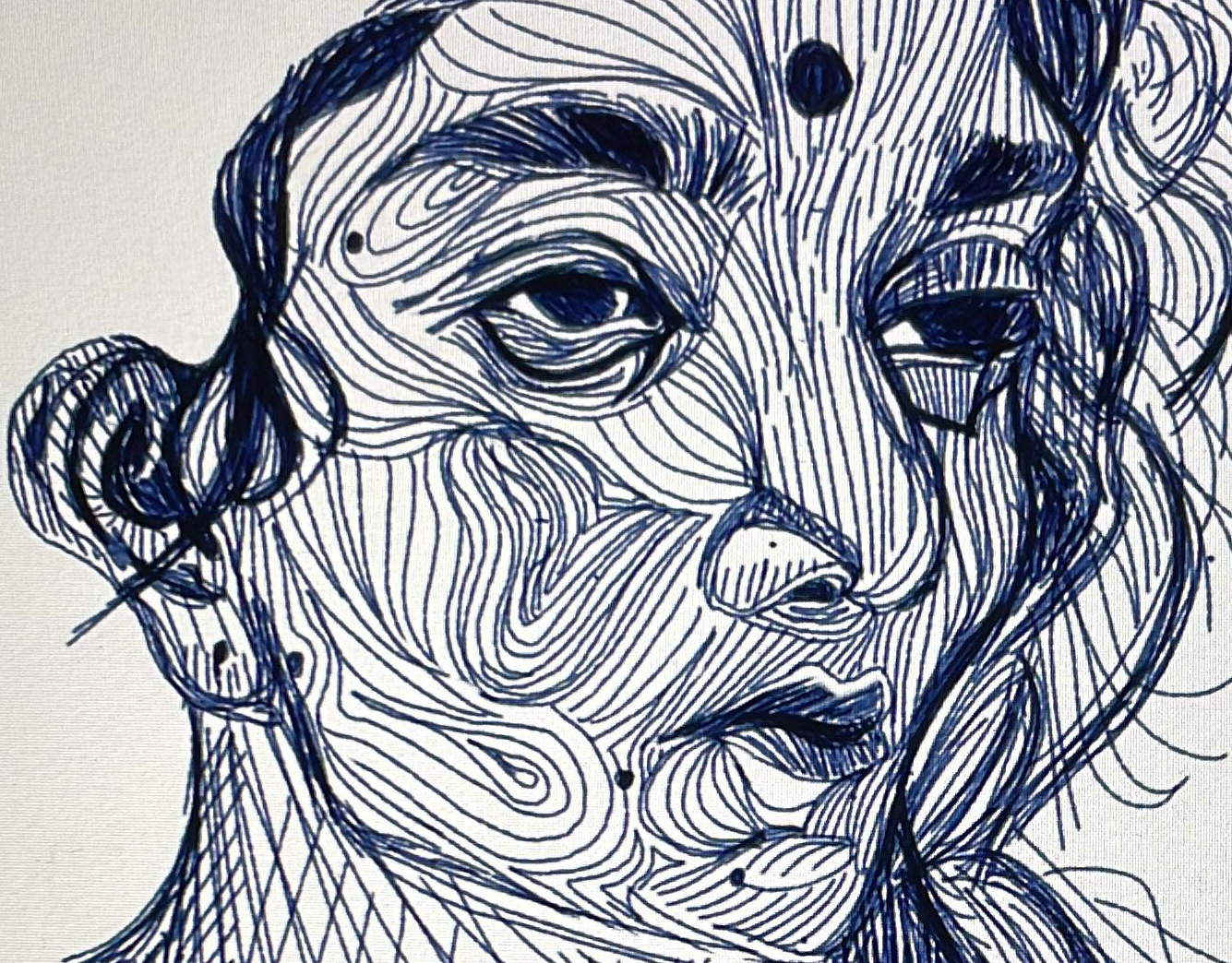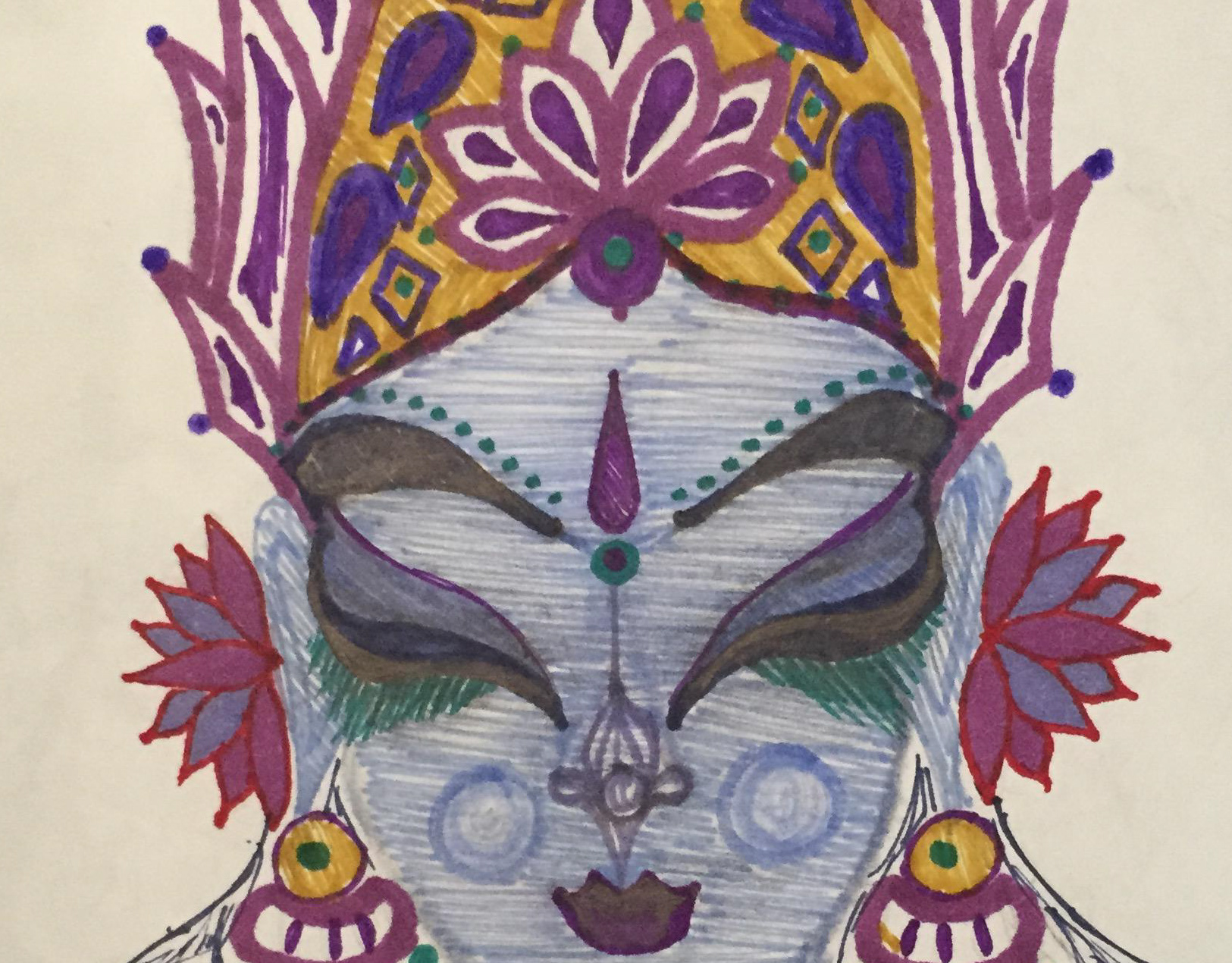"Flute Choir: Winter Concert" (2021)
Created using Adobe Illustrator. Brochure cover designed to incorporate each piece from the repertoire. Since one piece featured a looming mountain, a mountain with a cascade of music notes in a staff contains the rest of the illustrations. Since "Defying Gravity" was being performed, 9.8 m/s^2 (acceleration due to gravity) was crossed out beneath the witch's hat from the Broadway musical, "Wicked." Since Tchaikovsky's "Nutcracker Suite" was being performed, a nutcracker soldier is kept in the boat. Three snowflakes, drawn in the Celtic knot style, represent the "Celtic Folk Songs" piece. Since "I See the Light" from Disney's "Tangled" movie was part of the setlist, the sweeping riverboat from the lantern scene is kept at the base of the design. Showcase details are boxed to grab the onlooker's attention, and an original, hand-drawn font was created to accompany the festive, candlelight theme of a holiday concert. The rich maroon and white color scheme is meant to be bold and eye-catching from afar.
More from this Category:
